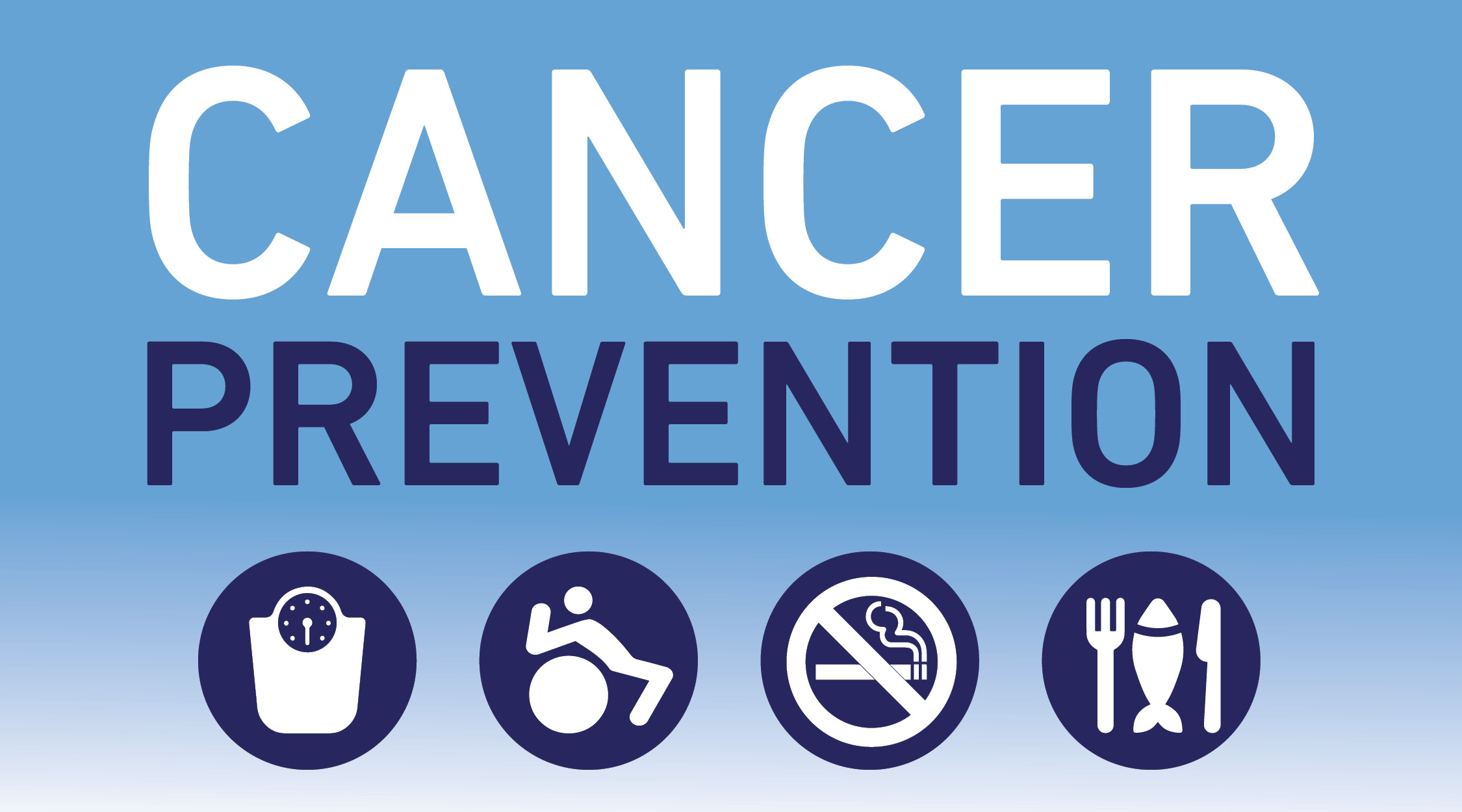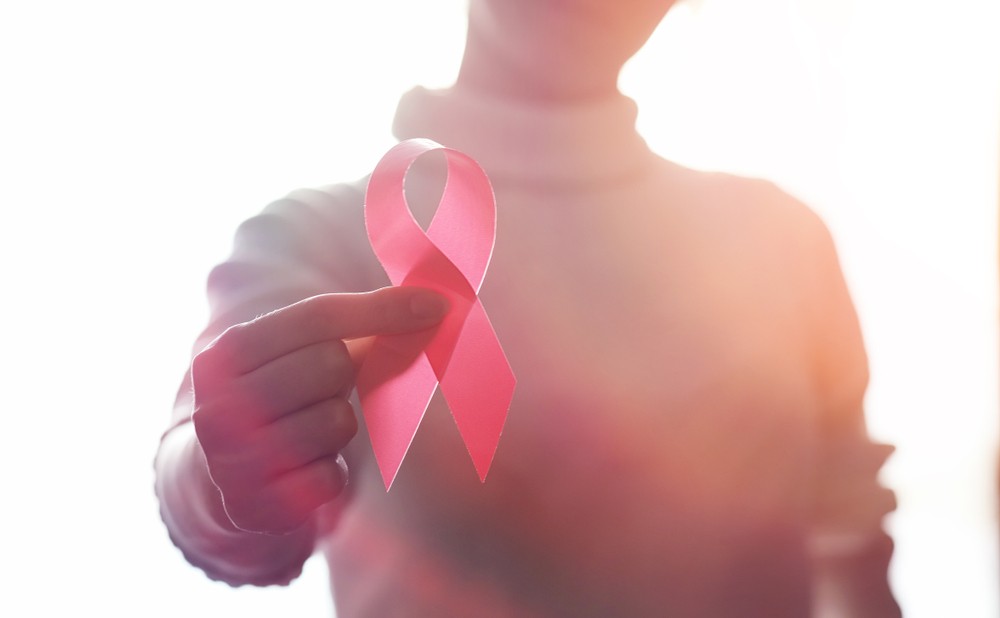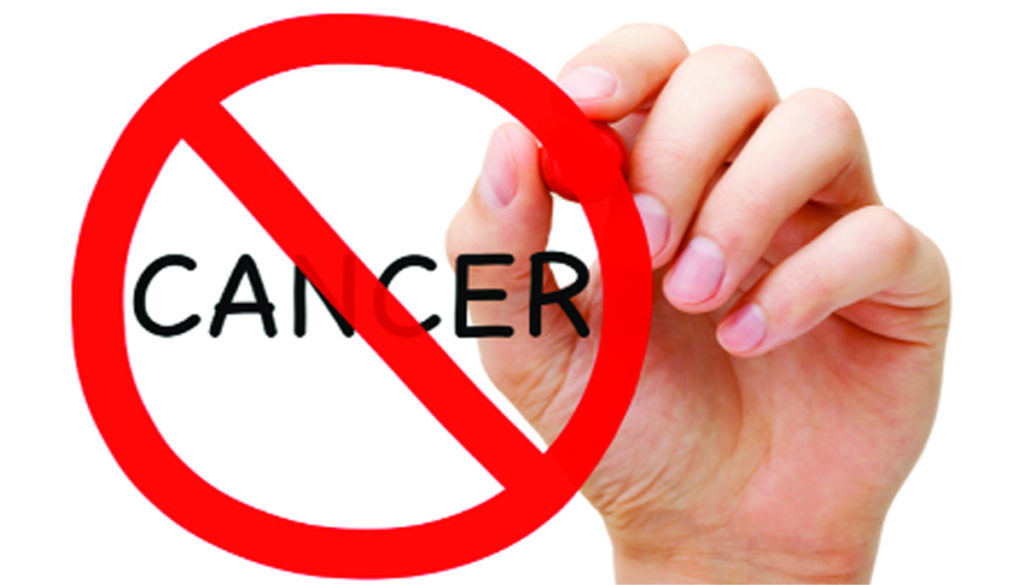According to the World Health Organization, more than 11 million people are diagnosed with cancer each year. It is estimated that there has been more than 16 million new cases by 2020. In the U.S., cancer has overtaken heart disease as the leading cause of death for people 85 and younger reports the U.S. National Center for Health Statistics.

The World Cancer Research Foundation (WCRF) recommends that the most important lifestyle factor affecting cancer development is diet. WCRF reports that dietary changes could prevent up to 50% of all breast cancer cases, up to 75% of all stomach cancer cases and up to 75% of all colorectal cancer cases. Further, WCRF emphasizes that eating at least five servings of fruits and vegetables a day could by itself reduce cancer cases by 20%. WCRF also reports that eating healthy, plus staying physically active and maintaining a healthy weight, can reduce cancer risk by 30-40%.
In addition to diet, other preventive measures may indeed delay the onset of cancer. In this article, we suggest possible preventive strategies for consideration.
Butt out.
According to the U.S. National Cancer Institute, cigarette smoke contains approximately 4,000 chemicals, including more than 60 carcinogens (cancer-causing agents). Many of these substances, such as carbon monoxide, tar, arsenic and lead, are toxic and poisonous to the human body. Tobacco is the leading preventable cause of cancer.
Meat and sweets are not healthy treats.
Dietary factors, which are the second most important preventable cause of cancer after tobacco, account for about 30% of all cancer cases in Western countries and about 20% in developing countries. In 2005, the American Cancer Society announced the results of a 20-year study of 150,000 Americans. This showed that men and women who ate the most amounts of red meat (compared to those who ate more poultry, fish and other meats) had a 53% higher risk of distal colorectal cancer. In 2005, a study from the Johns Hopkins Bloomberg School of Health (USA), which followed 1 million Koreans for ten years, reported that high sugar consumption could be a risk factor for developing several types of cancer. These researchers suggest that glucose intolerance may be one way that obesity increases cancer risk and that rising obesity rates may increase cancer risk in the future.

Bean-Nutty to fight cancer.
A compound found in everyday foods may slow the development of cancerous tumors. According to a 2005 study by scientists at the Sackler Institute of the University College of London (United Kingdom), it is found that inositol pentakisphosphate can inhibit an enzyme necessary for tumor growth. Try to eat foods rich in inositol pentakisphosphate every day: 1 cup (226 g) of beans (such as lentils and peas), 1/2 cup (113 g) of nuts (almonds and hazelnuts are also good sources of vitamin E – see Tip 31) and 170 g of whole-grain cereals (for wheat bran).
Prevent prostate problems.
Prostate cancer is a leading cause of death in men. It has taken the lives of 56,000 European men (1998), along with 29,900 American men (2004). To date, there are no clear preventive strategies, but in 2005 scientists at the Northern California Cancer Center (USA) suggested that vitamin D could reduce the risk of prostate cancer. The researchers found that high sun exposure in men with specific gene variants reduced the risk of prostate cancer by as much as 65%. Previous research has shown that the prostate uses vitamin D, which the body makes through exposure to sunlight, to promote the average growth of prostate cells and prevent the invasiveness and spread of prostate cancer cells to other parts of the body. The scientists state that men may benefit from increased Vitamin D intake through diet and supplements (while overexposure to sunlight may negatively affect sun-induced skin cancer). Foods rich in Vitamin D are egg yolks, liver, and cod liver oil, and margarine and cereals are often fortified with this nutrient as well.
Women beware.
Although the smear is a test that doctors routinely perform to check women for cervical cancer, the spot may not find abnormal cells in the cervix until cancer has already developed. A new test, the human papillomavirus (HPV) test, detects elevated levels of the infectious pathogen that causes nearly all cervical cancer cases. HPV occurs in an estimated 80% of sexually active adults, but most infections resolve without incident. If you are younger than 30 years old, experts now recommend getting the HPV test if your smear is inconclusive. If you are 30 years old or older, experts recommend that you have the HPV test done at the same time as your Pap test. A new vaccine for cervical cancer is now available. The vaccine targets HPV types 16 and 18, which are believed to cause 70% of cervical cancer cases, and HPV types 6 and 11, associated with 90% of genital warts cases.
In conclusion, we quote the World Cancer Research Foundation report, “The burden of preventable suffering and death from cancer in the world is enormous. Some cancers that are now most common in Europe, North America, and Australasia are largely preventable. Changes in society worldwide are accelerating and, if not addressed, are likely to increase the burden of cancer, especially in Africa, Latin America, and Asia. It is now clear that although genetic predisposition varies, the main factors that determine whether or not people develop cancer are environmental. The two main ways to reduce the risk of cancer are to avoid carcinogens, of which tobacco is by far the deadliest, but which also include biological agents, viruses and bacteria, and to consume foods high in cancer-protective foods and beverages habitually.”


